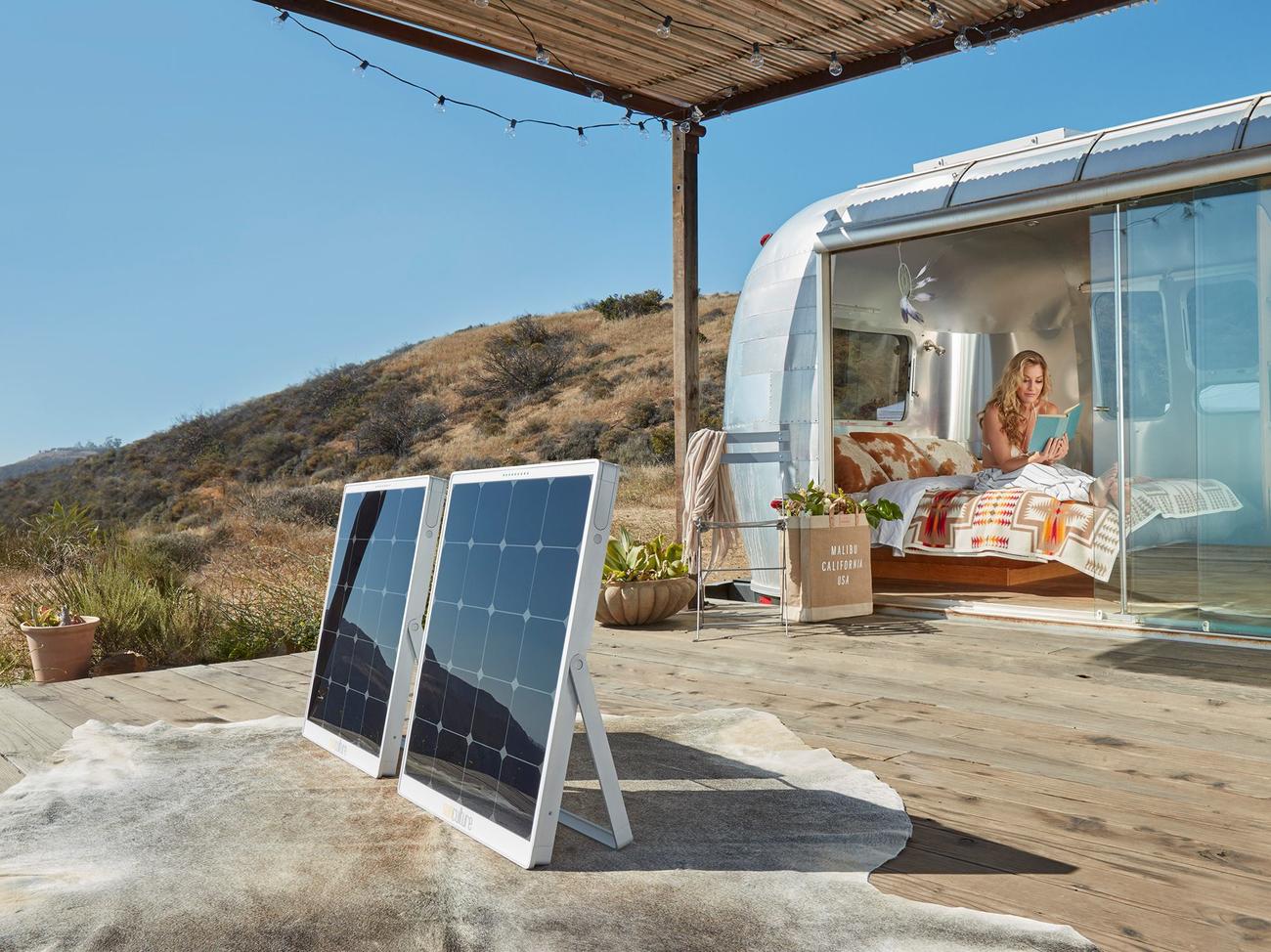
Is solar power for you?
How it works and which option to choose

Solar energy is hot these days ― pun intended. With energy bills on the rise, nonrenewable fossil fuels in decline, and federal and state tax incentives available, you may be thinking about buying a solar energy system that turns sunlight into electricity. You’re not alone: According to the research firm Solarbuzz, the U.S. market for solar photovoltaic (PV) systems is growing 25 percent to 30 percent per year.
If you’re hesitating because you think a PV system might be aesthetically unattractive, think again. These streamlined, high-performance PV systems are about as close to the rooftop eyesores of the 1970s as iPods are to eight-track players. And installing a PV system can actually increase your appraised property value without impacting your lifestyle. So if you’re concerned that a PV system would limit you to running your washing machine only on sunny days, not to worry: With a grid-tied PV system ― one that is connected to the electricity grid ― you’ll still have the same energy capabilities as before.
Financial incentives are another attraction. A federal tax credit of up to $2,000 is now available (thanks to the Energy Policy Act of 2005) for installing a PV system on your house. And many states are offering additional tax credits and rebates ― from reduced permitting fees in San Diego to cash back in many cities ― that can bring the cost down significantly. Visit www.dsireusa.org and www.findsolar.com for more information on tax credits and incentives in your area.
